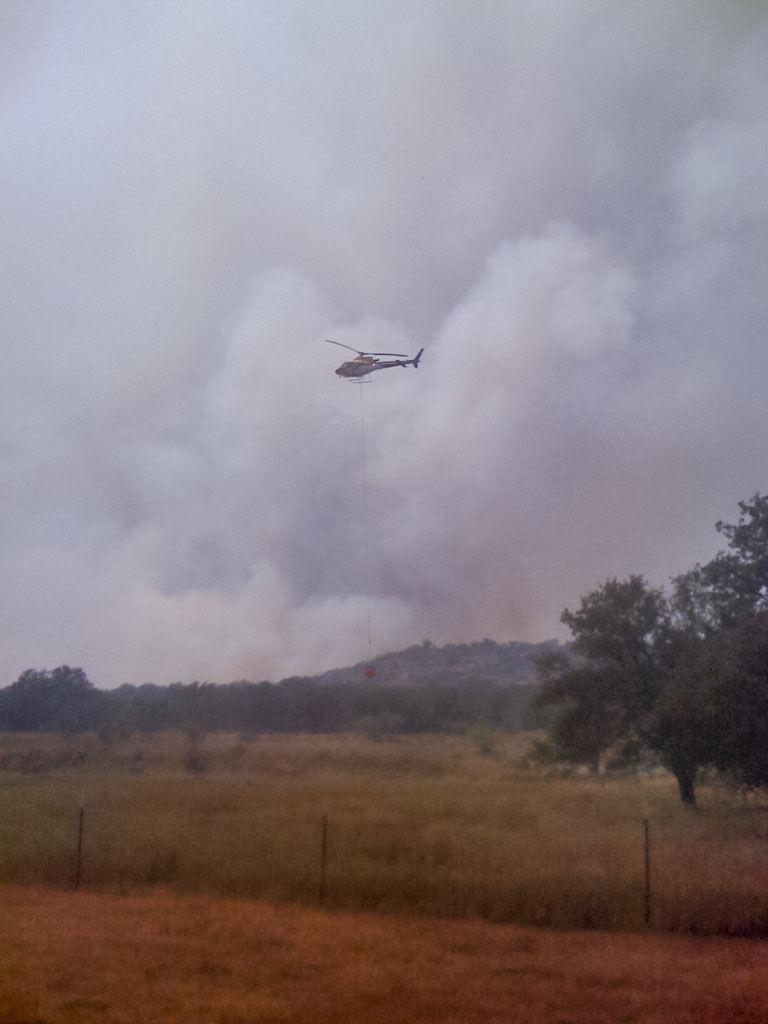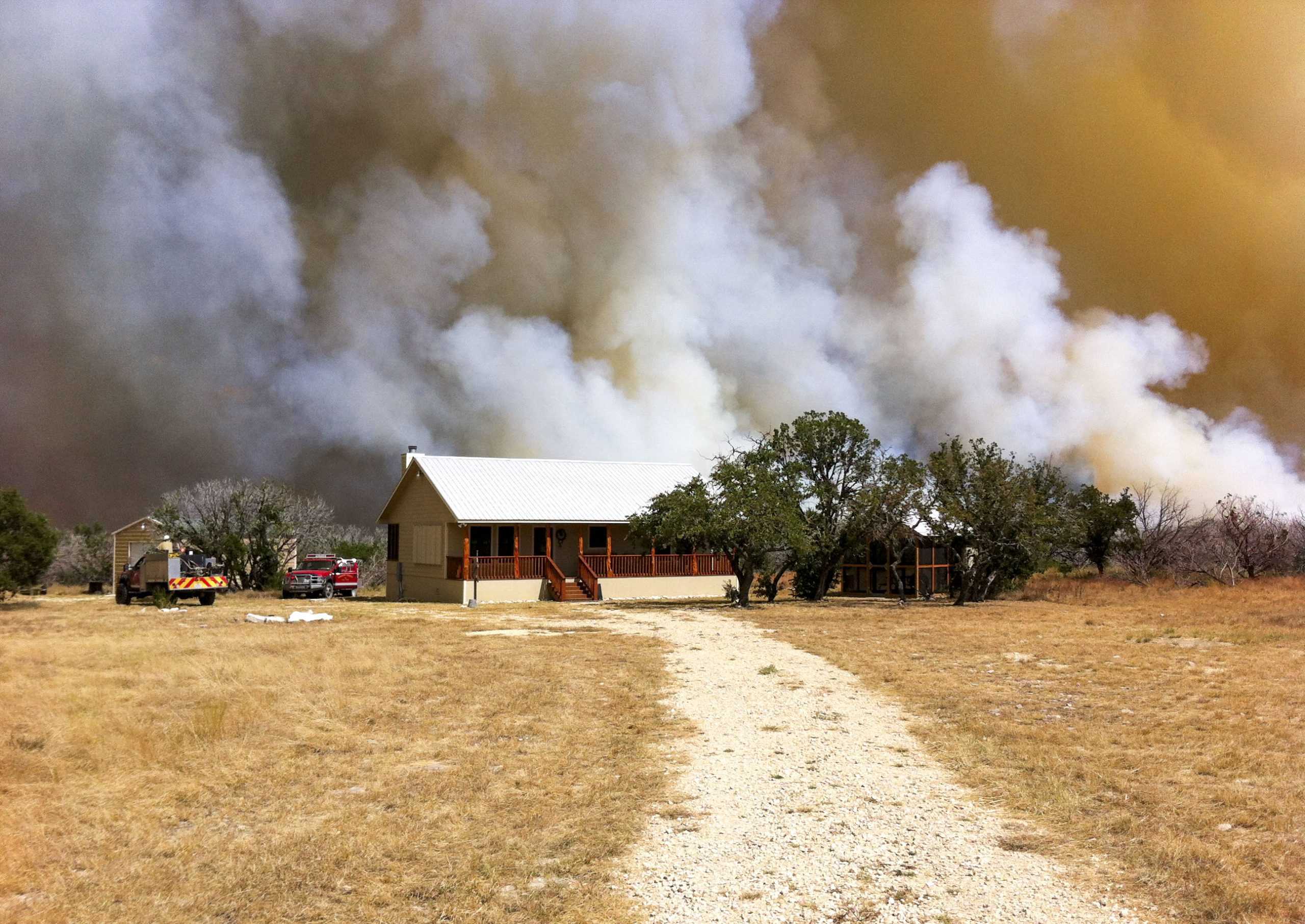The Texas A&M Forest Service has lent a hand with 42 fires across 20,824 acres in just the last seven days.
Tom Spencer, predictive services department head with the Texas A&M Forest Service, said the rainfall early in the year has led to the wildfires.
“The state saw a lot of rain in the spring and early summer and as a result there was a lot of grass growth,” Spencer said. “We went through the month of July and not much rain at all, — in fact very little rain. So, all of that grass that grew from the rain in spring began to dry out and as a result, we started picking up fires across the state.”
Megan Clayton, assistant professor and extension range specialist with the Texas Agrilife Extension Center in Corpus Christi, said the increased rainfall has benefited forage for livestock but has led to increased concerns about wildfires as drier weather moves in.
“It is a big plus for livestock producers who need foliage to feed their livestock and it’s also valuable for wildlife habitats,” Clayton said. “On the other hand they do have to think harder now that it is starting to get dryer about how they are going to protect their resources and also their barns and homes in case of a wildfire outbreak.”
Clayton said wildfires, despite the damage they cause to structures, have a big impact upon ranchers.
“If those fires do come through, it’s going to take a lot of that vegetation on the land that we were counting on to feed livestock,” Clayton said.
“So, in addition to being dry you also have less foliage, so you find yourself either having to sell cattle or buy hay.”
Spencer said despite the unusual rainfall, the wildfire activity is occurring within the normal fire season. These wildfires typically span from July to September, and the number of incidents decreases as fall approaches.
Clayton said while wildfires may be dangerous and unpredictable, prescribed burning, or burning foliage in an intentional and controlled manner, is a valuable tool used by Texas ranchers and farmers frequently.
“Back in the day we had regular fires across our landscape and that is what maintained areas in the grassland state, and now we have more brush encroachment and seeing our rangelands change due to the reduction of fires,” Clayton said. “[Prescribed burning] is really healthy for the land — it helps the land to be more healthy and more productive.”
Charles Lafon, geography professor, said preventing fires from occurring can in some cases actually be harmful to trees, especially to some of the pines scattered throughout Texas.
“If the forest gets too thick those mature pines that you are trying to grow will become too stressed, the vegetation will become too thick and so you are going to start losing pines,” Lafon said. “So, it will often have undesirable effects if fires are withheld and the vegetation becomes too dense.”
Clayton said despite the advantages, prescribed burning can bring it is important to recognize their distinctions from wildfires.
“Not only can it be dangerous but it may not be burning your vegetation at the temperature or the fuel load that you would normally do when you do a prescribed burn,” Clayton said. “But they are definitely two different things so we want to make sure we are promoting prescribed fire while at the same time cautioning people and helping them plan in case of a wildfire.”
Rain early in year causes Texas wildfires
September 2, 2015
Donate to The Battalion
Your donation will support the student journalists of Texas A&M University - College Station. Your contribution will allow us to purchase equipment and cover our annual website hosting costs.





















